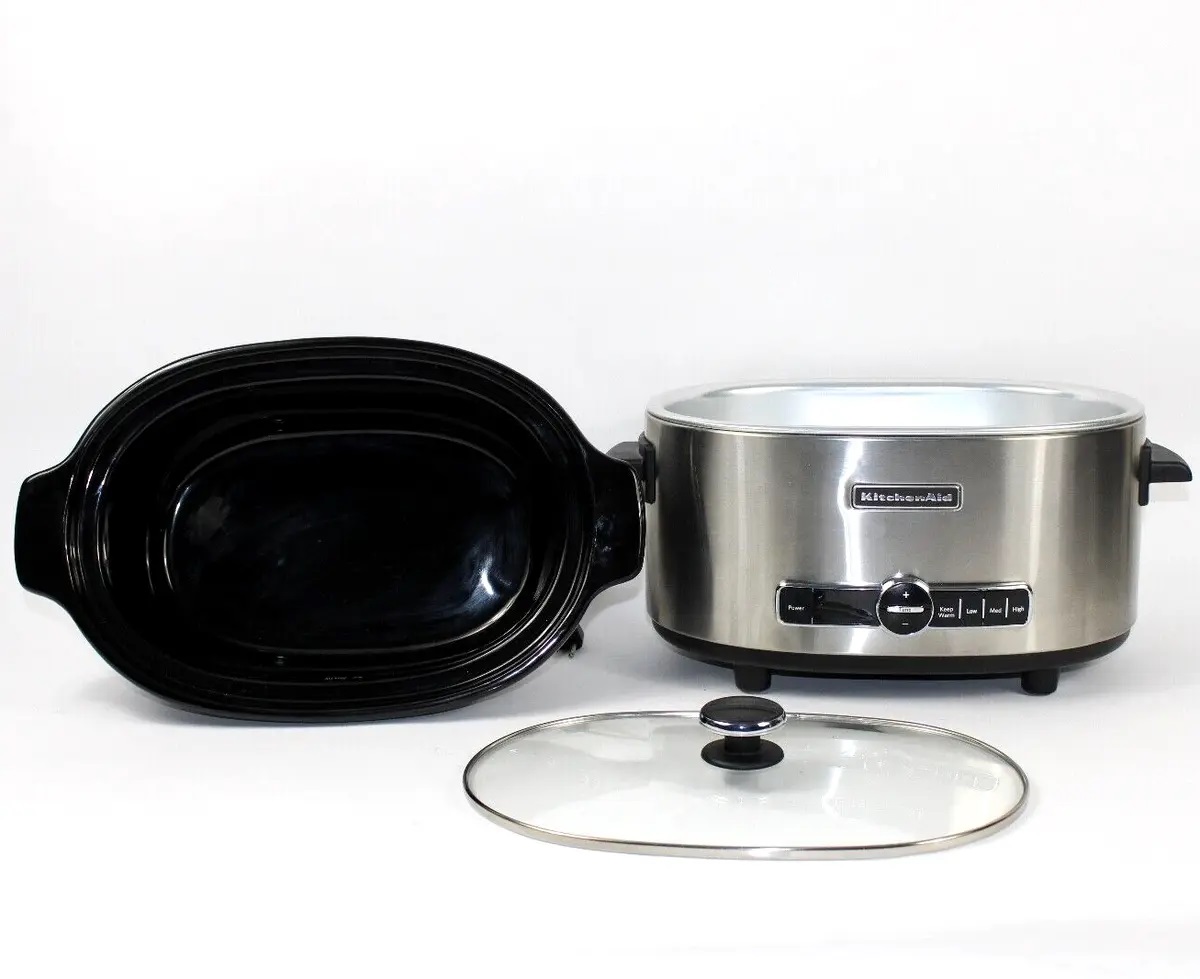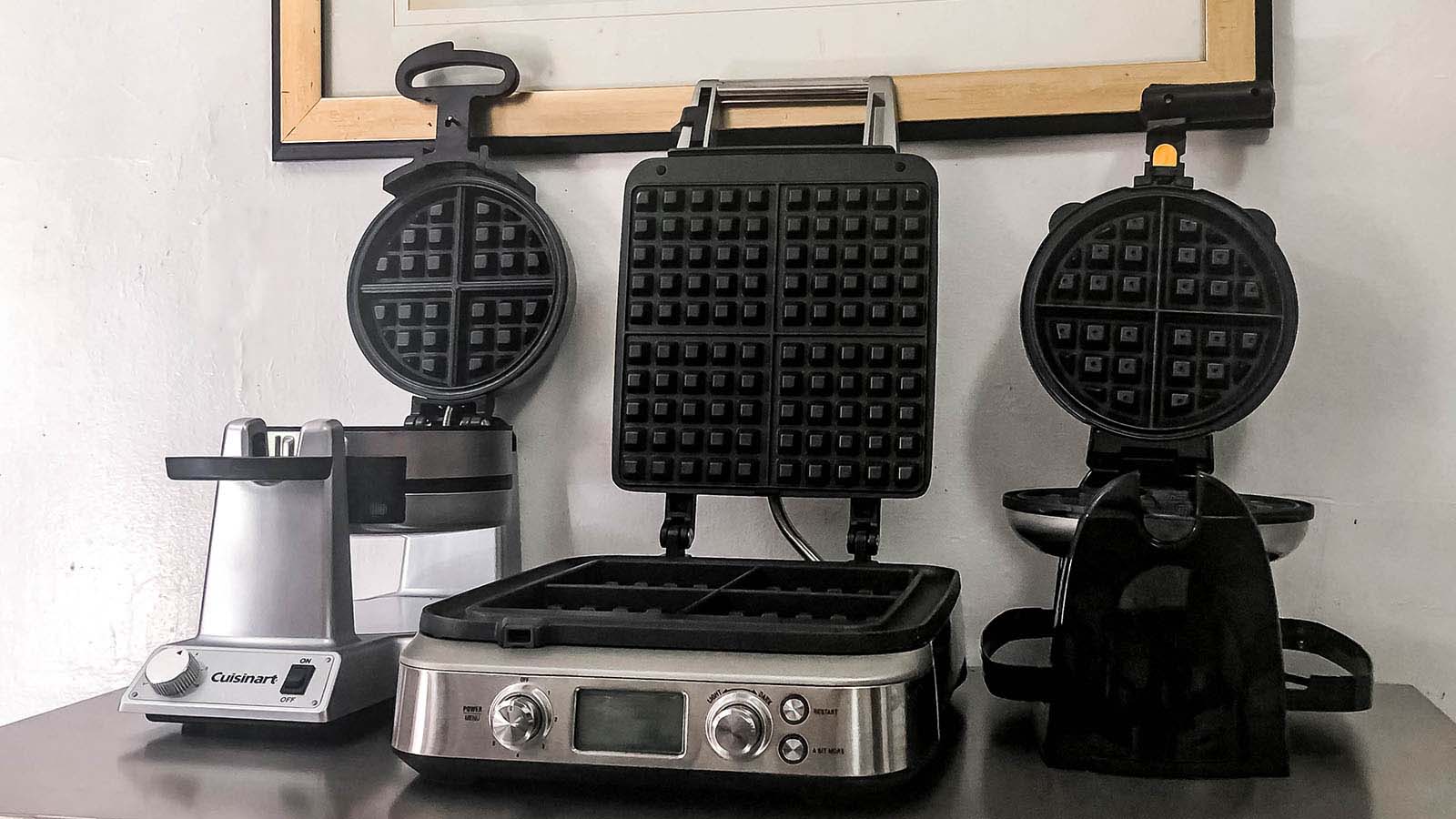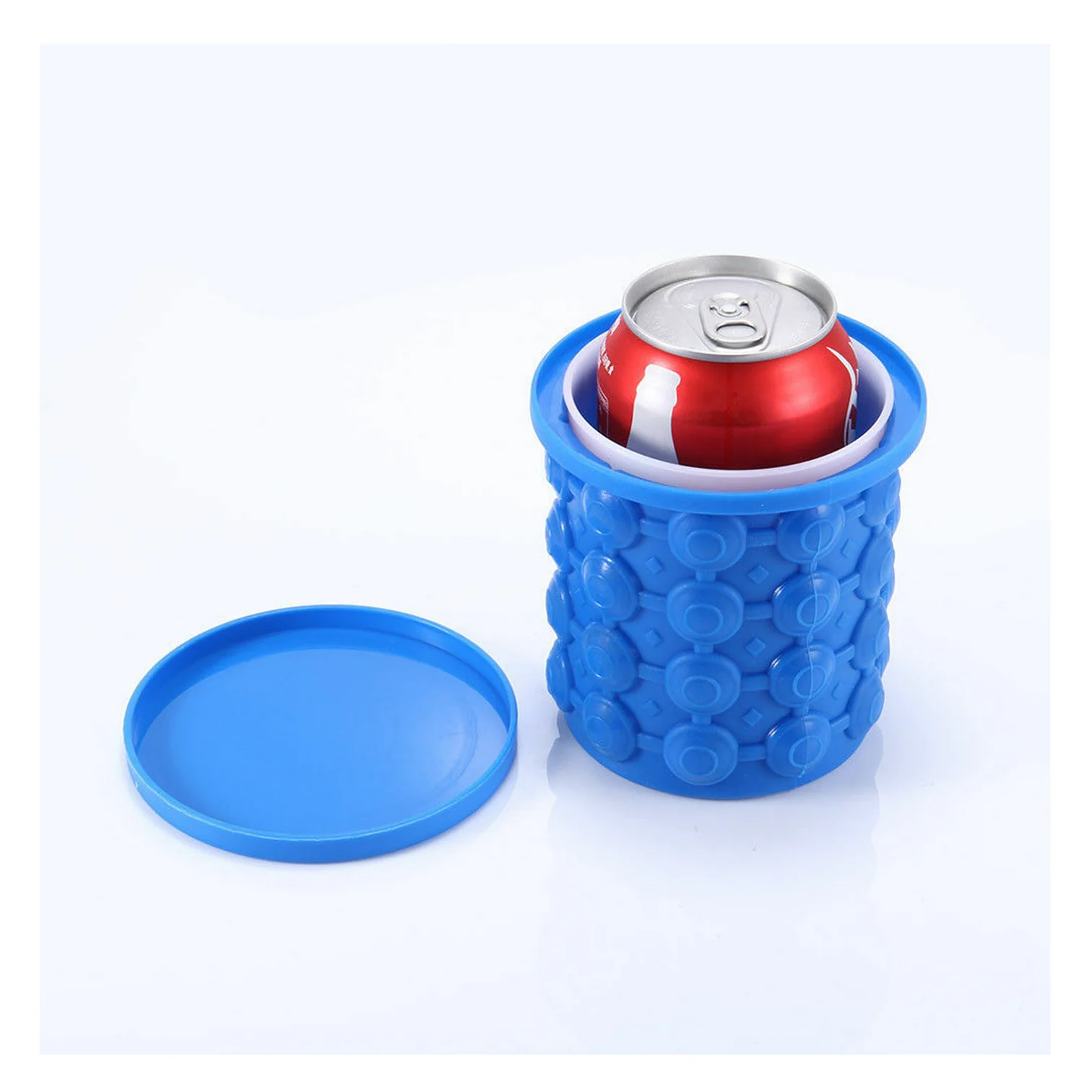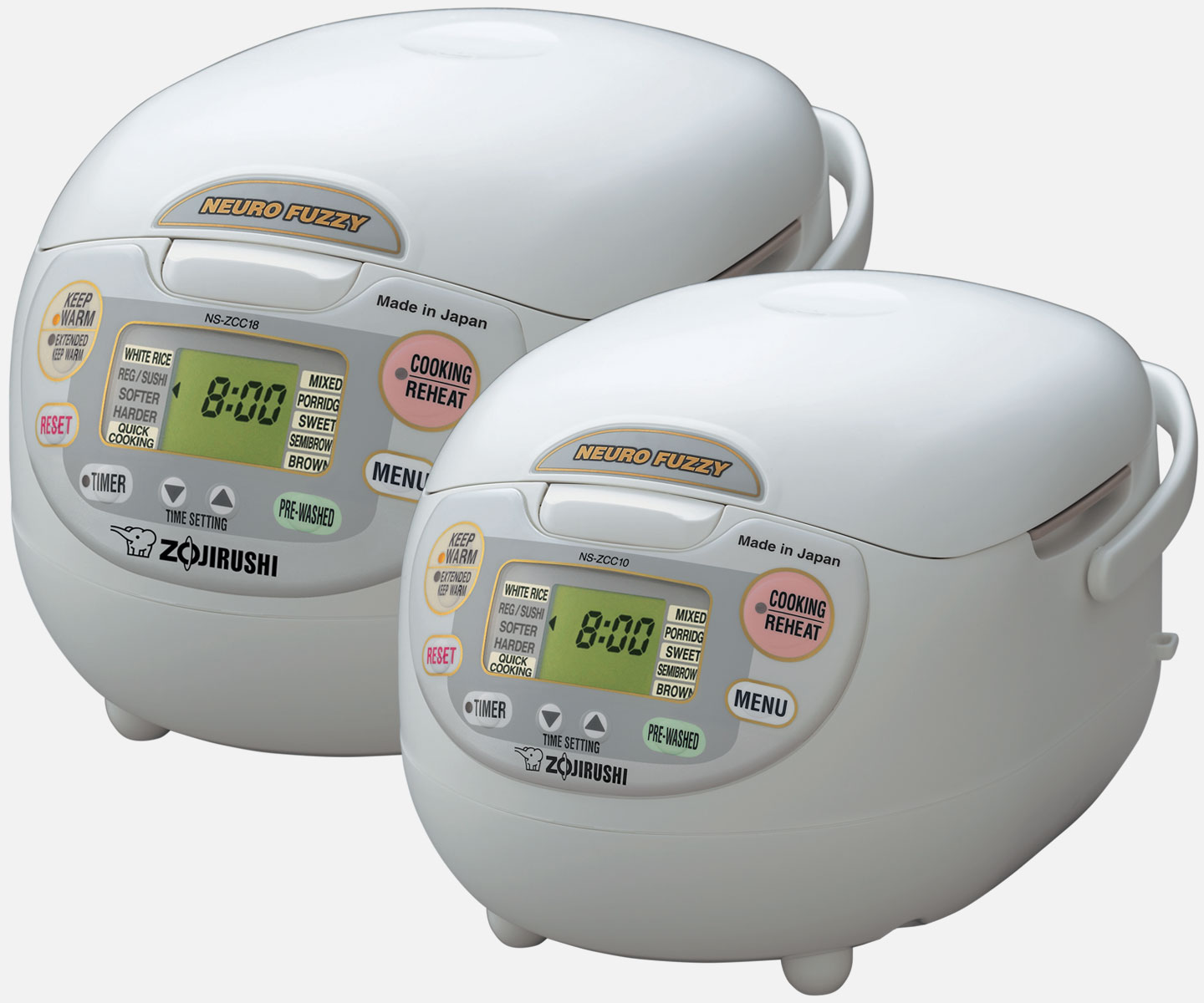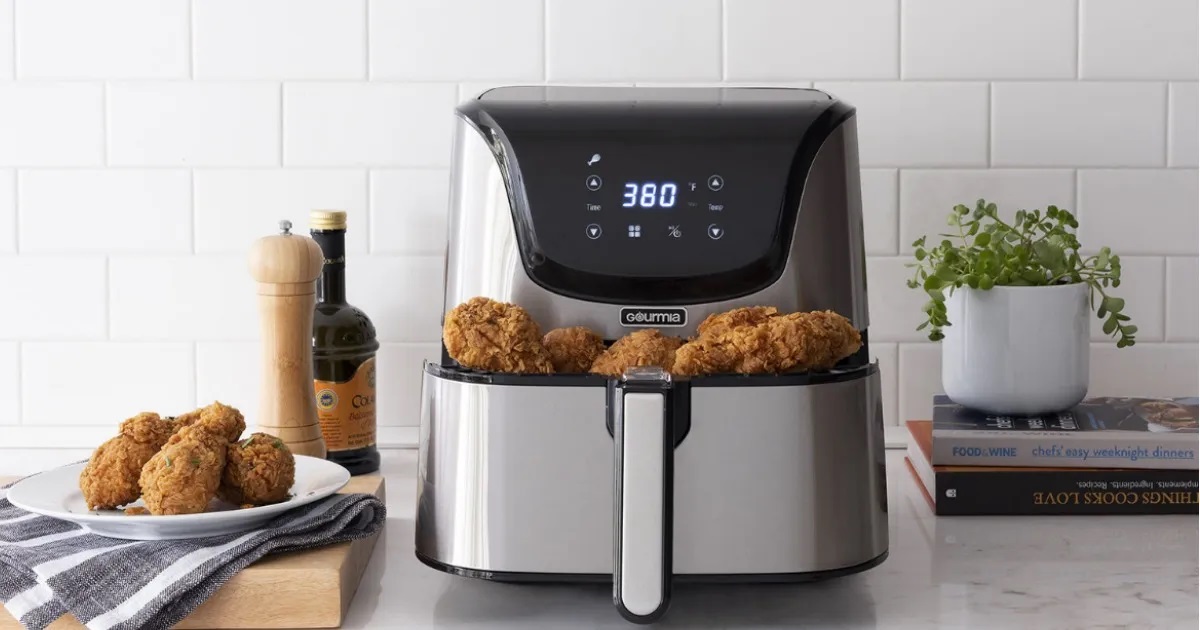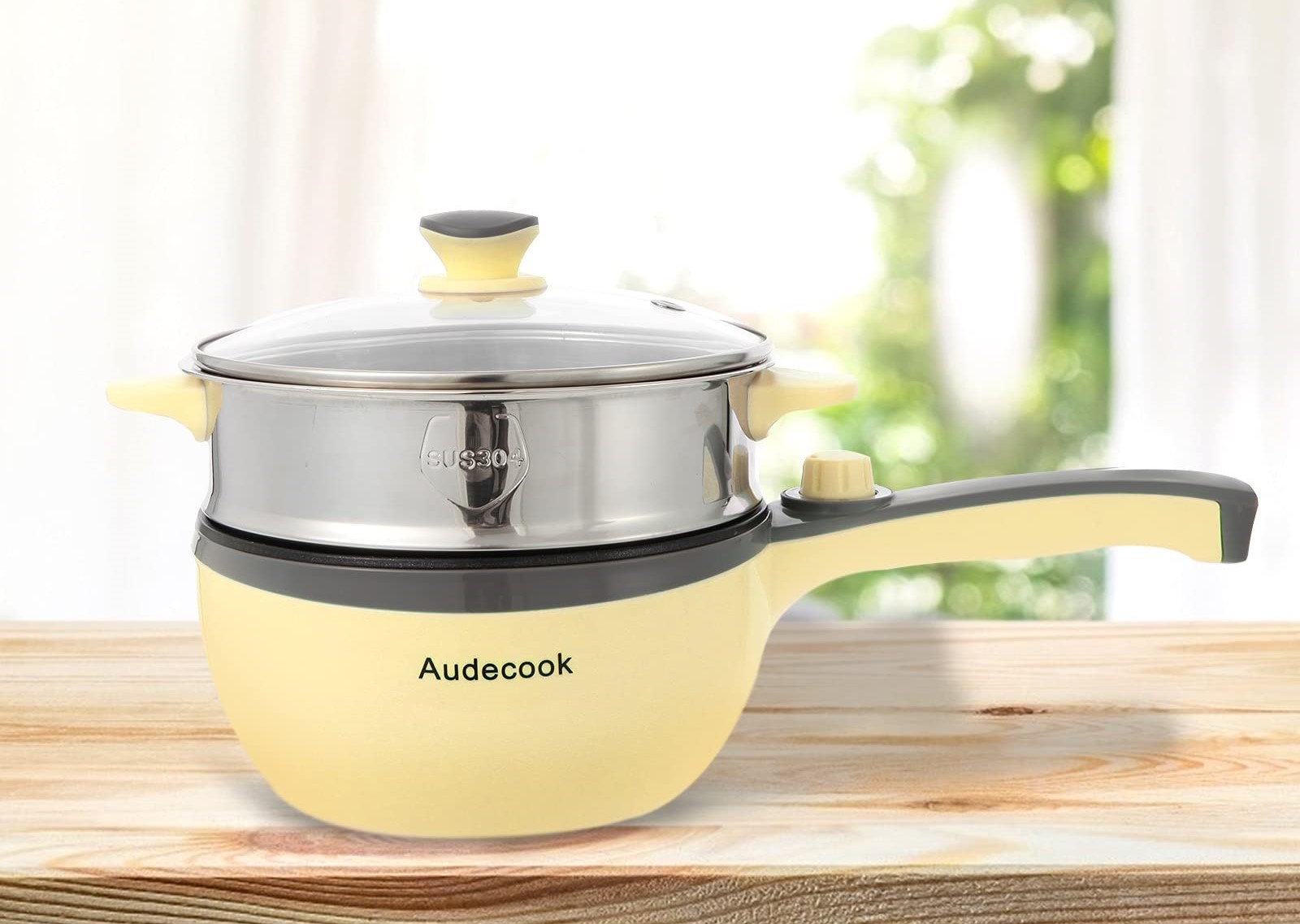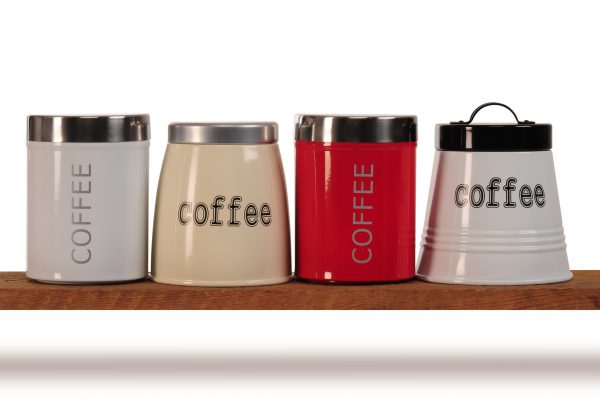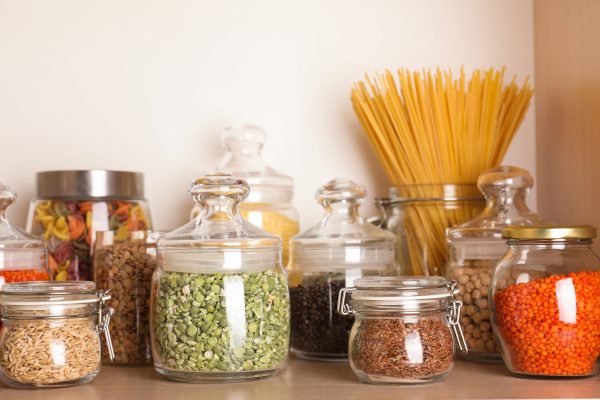Home> Kitchenware
Kitchenware Essentials: Unleash Your Cooking Potential with Top Tools
Discover kitchenware must-haves that take your cooking to the next level. Our comprehensive guide on kitchenware has all you need to know and more!
15 Coffee Canister for the Home Baristas
By: William Harrison • 45 Best Kitchen Storage Ideas You Can't Miss Out On
